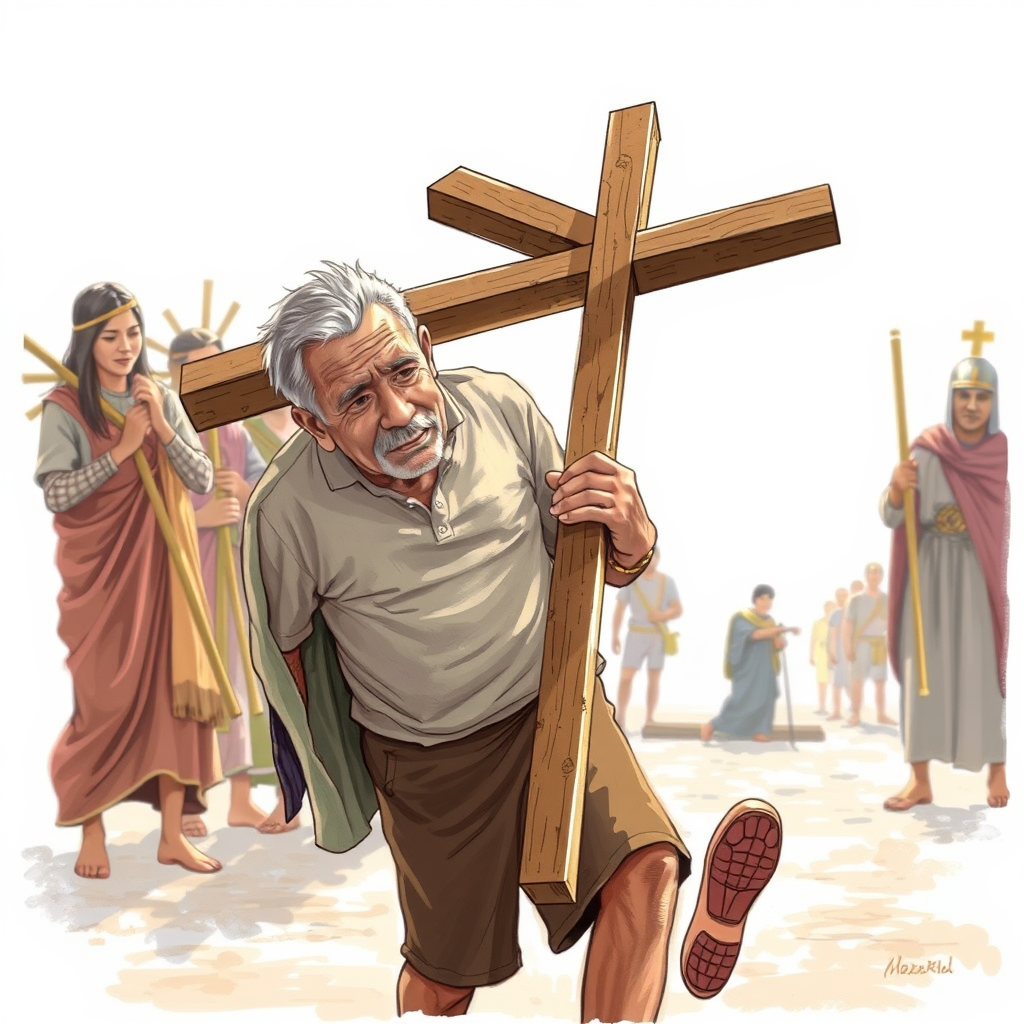Veteran 'Jesus' Bids Farewell to Gruesome Tradition

PAMPANGA, Philippines – A decades-long tradition of extreme religious devotion culminated in the Philippines on Good Friday, marked by self-flagellation and ritualistic crucifixion, though this year saw the final performance of a veteran “Jesus.” The practice, while deeply ingrained in local Catholic culture, remains officially discouraged by the Church.
Thousands of Filipinos, alongside a smaller contingent of tourists, gathered in Pampanga province, north of Manila, to witness the displays of penitence. The event unfolded under scorching heat, with temperatures reaching 39 degrees Celsius (102 Fahrenheit).
Ruben Enaje, 64, underwent his 36th and final crucifixion on Friday. He cited the physical strain and intense heat as factors in his decision to retire. An incident during the procession, where he stumbled and fell while approaching the cross after being jostled by an actor portraying a Roman soldier, further underscored the physical demands. Enaje reported feeling dizzy and required a brief rest before reaching the site.
Arnold Maniago, a veteran of 24 crucifixions, has been designated as his successor, admitting to some nervousness about assuming the role.
The spectacle isn’t limited to crucifixion. Scores of penitents engaged in self-flagellation, rhythmically whipping their backs with bamboo-tipped whips. However, achieving visible bleeding proved difficult for many, leading some to employ sharper implements – in one instance, a man used a glass-embedded paddle to induce bleeding on other participants. Children were present in the processions, with at least one young boy observed lightly whipping a shirtless man.
Participants described the rituals as deeply personal acts of prayer and supplication. Mark Palma, 30, explained he has participated in flagellation for half his life, praying for the healing of his sister who has a heart defect and is scheduled for surgery. Raymond Ducusin, 31, began participating in 2022 after his parents developed health issues, continuing the practice to honor his late father and maintain hope for miracles.
Approximately 10,000 people attended the Good Friday events in Pampanga, including over 50 foreign tourists who observed the proceedings from a designated viewing area. David, a 45-year-old tourist from New York City, expressed his fascination with the event, noting the vibrancy of religious devotion in contrast to what he perceives as a fading faith in the West.
The continued practice of these extreme displays of faith presents a complex picture. While the Church officially discourages such acts, the deep-rooted cultural significance and personal meaning for participants are undeniable. The event highlights the enduring power of faith and the diverse ways in which individuals express their beliefs, even in the face of physical hardship and official disapproval. It’s a tradition that, while controversial, remains a powerful and visceral expression of religious devotion for many Filipinos.